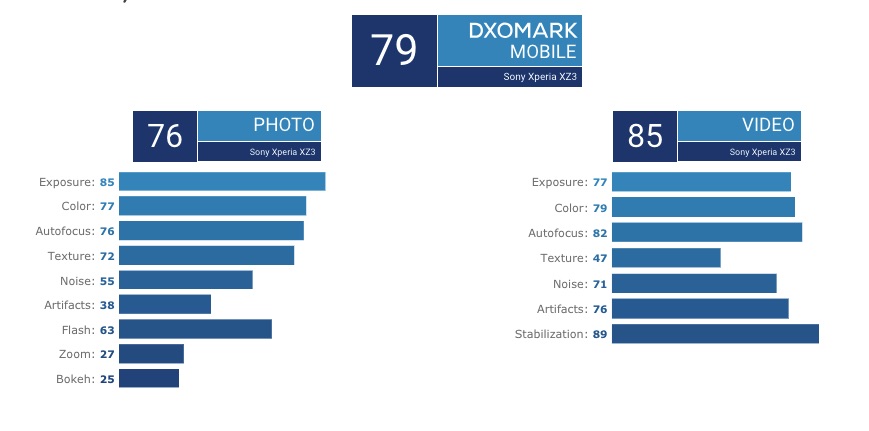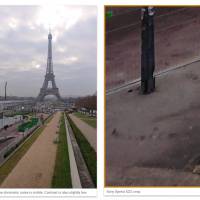
The Sony Xperia XZ3 isn’t exactly the kind of phone you may be anticipating for but we know there are fans interested in its performance. The last device that hit DxOMark we featured was the Samsung Galaxy S10+ which was crowned as the new Selfie King. There’s also the Xiaomi Mi 9, Pocophone F1, and the Huawei Mate 20 Pro recently reviewed. To be honest, it would be hard for any new OEM to beat these phones mentioned but we’re really curious about the new Xperia XZ phone.
Sony Mobile has been doing major changes in the business. It has added Xperia XZ3 to the Sony Open Devices program.
The phone was leaked middle of last year and we said it should have been the Xperia XZ2. It was officially announced during the IFA 2018.
The Xperia XZ3 features “Best Display among the World’s Leading Smartphones“. The DxOMark team finally took the time to test the cameras.
Let’s review the phone specs first: 6-inch OLED display, Qualcomm Snapdragon 845 processor, 19Mp 1/2.3-inch sensor with 1.22µm pixels, K video recording at 30 fps, 5-axis electronic image stabilization, PDAF/laser autofocus, and LED flash.

The phone scored an average of 79–76 on photo and 85 on video. It doesn’t rank significantly but it’s no. 22, tied with the Samsung Galaxy A8 (2018).
The Sony Xperia XZ3 offers good target exposure in all conditions, Good color rendering, and white balance even indoors and with bright light, with very good texture rendition in all conditions, and with accurate autofocus. The downside: no pre-installed bokeh mode, very noticeable noisy edges, strong distortion, color casts and slightly high saturation levels in low light, plus limited dynamic range in all conditions.
As for the Video part, it’s good that there is efficient stabilization, generally good target exposure, accurate autofocus. Noise is mostly well under control but unfortunately, there is “Unstable texture” artifact in all conditions, limited dynamic range in bright light, and lack of detail in low-light video. You may also notice slow autofocus, some tracking errors, as well as, color casts and white balance instabilities while indoors and in low light.
SOURCE: DXOMARK












